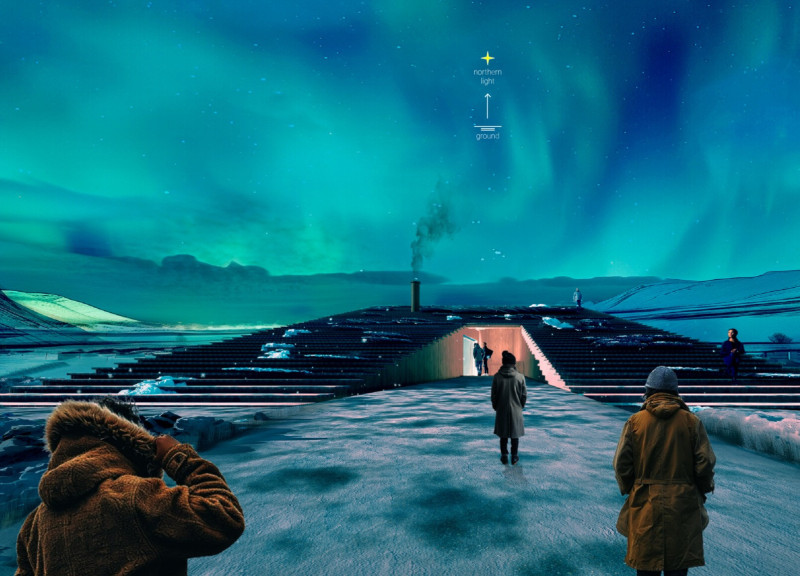5 key facts about this project
The layout of the project is methodically organized to support its diverse functions while fostering a sense of connection among users. The entry sequence is designed to welcome visitors, leading them through a series of interconnected public spaces that encourage exploration and participation. The main gathering area features high ceilings and expansive windows, allowing natural light to flood the space, creating an inviting atmosphere. This central hub is flanked by smaller rooms that can be utilized for workshops or meetings, maintaining a balance between openness and intimacy.
One of the notable features of this architectural design is its emphasis on flexibility. The spaces are constructed with movable partitions that enable adaptability, allowing users to reconfigure the environment according to varying needs. This flexibility underscores a modern approach to architecture, responding not only to the immediate requirements but also anticipating future uses.
The material palette is carefully selected to reflect both durability and a connection to the local context. Reinforced concrete provides the structural backbone, offering resilience against the elements, while large glass panels foster transparency and encourage a visual connection between the interior and exterior. The integration of wood accents throughout not only adds warmth to the design but also acknowledges traditional building practices, reinforcing a sense of place. Additionally, the use of local stone for key architectural elements grounds the building within its geographic context, celebrating the natural resources of the area.
Sustainability is a central theme of this project, which includes several innovative design approaches that minimize environmental impact. The orientation of the building is optimized to take advantage of passive solar heating, while overhangs protect against excessive sunlight during warmer months. Meanwhile, rainwater harvesting systems have been incorporated into the design, enhancing the building’s efficiency and reducing reliance on external water sources. The inclusion of vegetated roofs contributes to biodiversity and provides insulation, further exemplifying the commitment to eco-friendly design principles.
The architectural language, characterized by clean lines and a blend of modern and traditional elements, resonates within its community. This design transcends mere functionality; it creates spaces that inspire collaboration and creativity while respecting the cultural narratives of the region. The thoughtful integration of communal areas encourages interaction among visitors, forging connections that are essential for a vibrant community life.
The project also thoughtfully considers the surrounding landscape, avoiding abrupt transitions between built and natural environments. The landscaping complements the architecture, with pathways that invite exploration and gathering spaces that foster social interaction. These design choices highlight the relationship between architecture and nature, framing views and enhancing the overall user experience.
This architectural project represents a pivotal addition to the community, redefining what a public space can offer. Its design promotes a sense of belonging while addressing contemporary needs. By blending innovative architectural ideas with a commitment to sustainability and local identity, the project stands as a noteworthy example of modern architecture that resonates with both its users and the environment.
For those interested in delving deeper into the architectural plans, architectural sections, and architectural designs that define this project, further exploration is encouraged. The presentation of the project offers additional insights into the nuanced details and thoughtful considerations that have shaped this architectural vision.


























